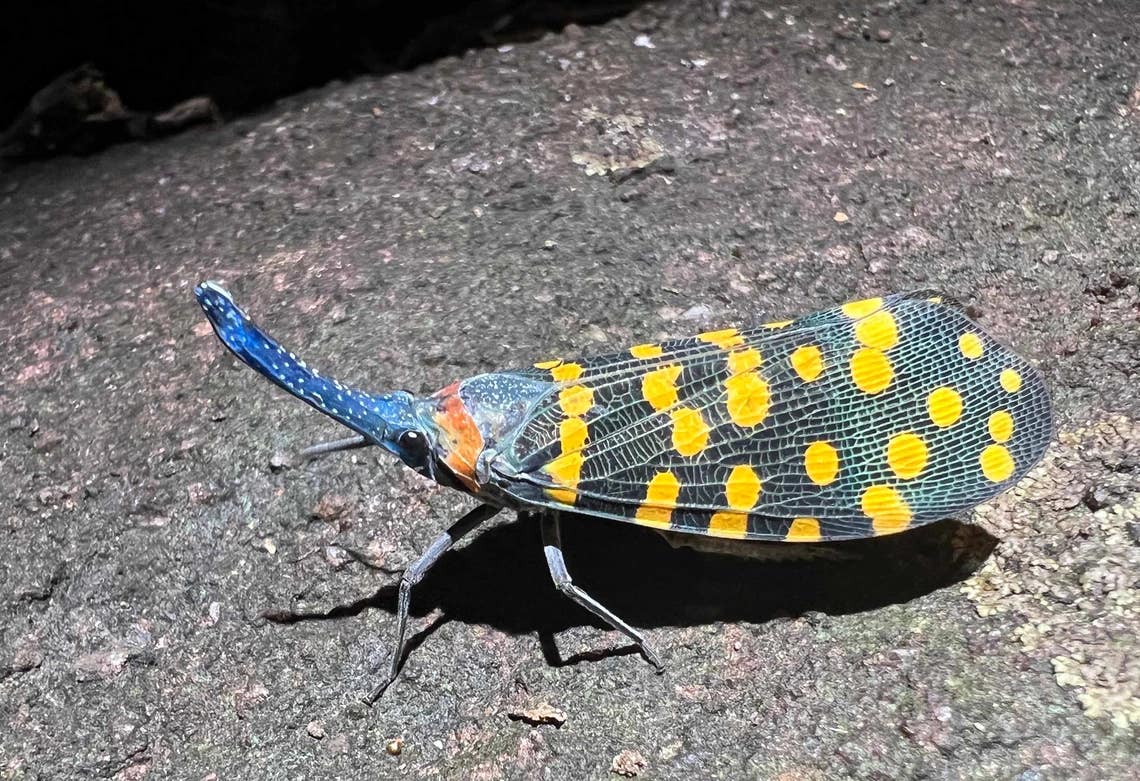Solve-RD project helps scientists solve 500 extremely rare disease cases
In a groundbreaking European project, over 500 people living with mysterious medical conditions have finally received a diagnosis.

Rare diseases affect small numbers of people, but there are many of them.(CREDIT: Dissolve)
In a groundbreaking European project, over 500 people living with mysterious medical conditions have finally received a diagnosis. These patients suffered from rare disorders such as neurological diseases, muscle conditions, intellectual disabilities, and inherited gastrointestinal cancers. After years—sometimes even decades—of uncertainty, science has brought them clarity, hope, and, in some cases, the chance of treatment.
This success didn’t come from a single lab or a lone discovery. Instead, it was made possible by a powerful collaboration involving hundreds of scientists and doctors across the continent. They came together under one goal: to solve the unsolved.
A New Chapter for Rare Disease Patients
Rare diseases affect small numbers of people, but there are many of them. The European Union defines a rare disease as one that affects fewer than five in 10,000 people. In total, there are about 7,000 such diseases known today. Around 70% of them are genetic, passed down from parents to children, but many remain undiagnosed because they are poorly understood or overlooked.
Even with advanced DNA tests, it can be hard to identify the genetic cause of a rare illness. In some families, more than one person might have the disease, yet the gene behind it remains hidden. Doctors often face a frustrating mystery that standard testing cannot solve.
To tackle this challenge, researchers across Europe launched Solve-RD, a large research project focused on analyzing genetic data from people with rare and unsolved conditions. By studying DNA in more detail, and doing so collaboratively, scientists were able to spot patterns that had been missed before.
The team reanalyzed data from 6,447 patients and 3,197 healthy family members. Using a shared method, they carefully reviewed each case. This effort led to 506 diagnoses. In about 15% of the cases, the results pointed to possible treatments or medical actions. In other cases, the new knowledge simply gave families long-awaited answers.
Related Stories
One Network, One Mission
Solve-RD brought together 300 experts from twelve countries in Europe, as well as Canada. These scientists worked within European Reference Networks, which are special groups focusing on rare diseases. Together, they developed a shared way to study and interpret genetic data, no matter which country a patient came from.
This shared approach was critical. It meant that whether a person visited a clinic in France, the Netherlands, or Germany, their case was studied with the same tools and methods. But reaching this point wasn’t easy.
Experts had to agree on which parts of the DNA to look at, which kinds of gene mutations to consider, and how to share the results. They also had to overcome legal and practical problems related to handling patient data across borders.
The payoff was worth the effort. With more minds looking at the same problem from different angles, researchers were able to uncover links between symptoms and genes that had been overlooked. The process also allowed scientists from different specialties—like clinical genetics and data science—to work together on each case.
Holm Graessner, Solve-RD’s coordinator, described the impact of this effort: “The Solve-RD approach to reanalyze data from unsolved rare disease patients was successful and led to a diagnosis for more than 500 patients. This is a major step forward and a milestone for the rare disease research in Europe. We will continue and scale up this approach in ERDERA to provide a diagnosis to even more patients and families across Europe.”
Expanding the Blueprint with ERDERA
Solve-RD is just the beginning. The strategy it used is now being scaled up by a new partnership called ERDERA—the European Rare Disease Research Alliance. Coordinated by INSERM in France, ERDERA includes over 180 organizations, many of them also involved in Solve-RD.
The alliance plans to dramatically increase the number of patients whose data gets reanalyzed. While Solve-RD looked at around 10,000 datasets, ERDERA aims to process over 100,000. The goal is to reach even more people still waiting for answers.
To do this, ERDERA will use advanced tools that go beyond regular DNA sequencing. These include long-read genome sequencing, which reads larger segments of DNA to catch hard-to-spot errors.
Another method, called optical genome mapping, helps detect large changes in chromosomes. RNA sequencing, which looks at how genes are turned on or off in cells, will also be part of this next stage.
Once again, the University of Tübingen will lead the diagnostic part of this work, joined by teams from Radboud university medical center in the Netherlands and the National Center for Genomic Analysis in Barcelona. Together, these centers aim to improve both the speed and accuracy of rare disease diagnosis.
Diagnoses That Change Lives
Behind the numbers are real people whose lives have been changed. Some have spent decades searching for answers. Others have gone through countless tests, doctor visits, and studies without ever learning the name of their illness.
Professor Lisenka Vissers, a lead researcher at Radboudumc, spoke about the emotional weight of these discoveries: “We conducted a large reanalysis of an enormous amount of patient data. This allowed us to find similarities and draw conclusions. We have now even been able to provide a diagnosis to a patient who has been ill for twenty years and has participated in many studies.”
That kind of outcome is becoming more common. With deeper analysis, more patient data, and broader collaboration, the odds of getting a diagnosis are rising. And with that comes the hope of treatment, support, and understanding.
Professor Alexander Hoischen, another lead researcher from the university, emphasized the importance of teamwork: “The fact that we have achieved this is a unique example of the power of collaboration. It's a huge step forward in European cooperation, and this is just the beginning. Although we haven't made any new discoveries yet and these diagnoses come from existing data and analyses, we hope to be able to help many more patients in the coming years. Initially by making a diagnosis, but hopefully also with possible treatments.”
A Future Built on Cooperation
What this large-scale effort proves is that rare doesn’t have to mean hopeless. By combining scientific skill, advanced tools, and cross-border teamwork, many of these “unsolvable” cases have been solved. People who once had no clear path forward now have information they can act on.
This project also sets a model for how medical research can work best—by sharing knowledge, aligning goals, and removing barriers. It shows what is possible when countries and researchers stop working in isolation and start working together.
And for thousands of patients still searching for answers, it brings a powerful message: there is hope, and science is still working on your case.
Research findings are available online in the journal Nature Medicine.
Note: The article above provided above by The Brighter Side of News.
Like these kind of feel good stories? Get The Brighter Side of News' newsletter.



